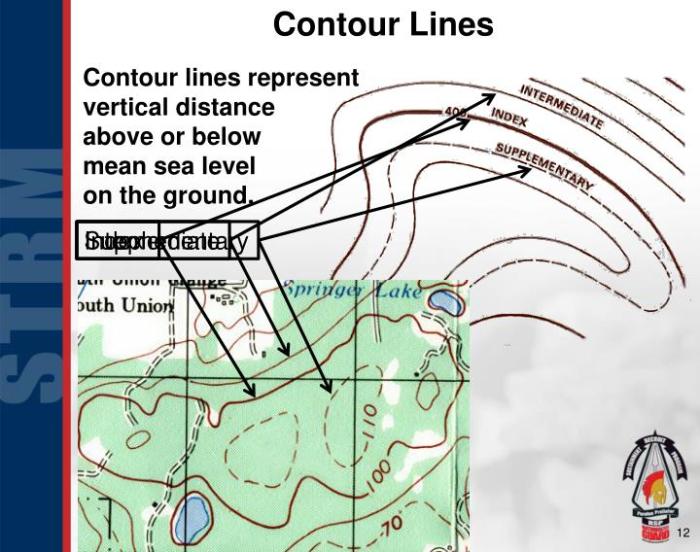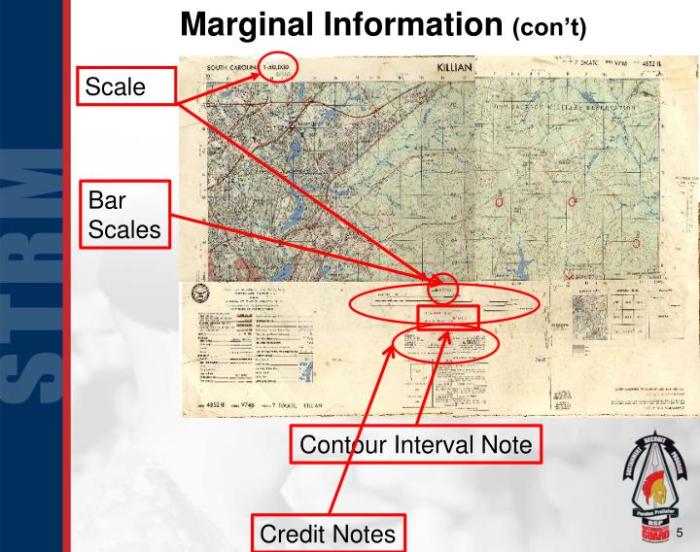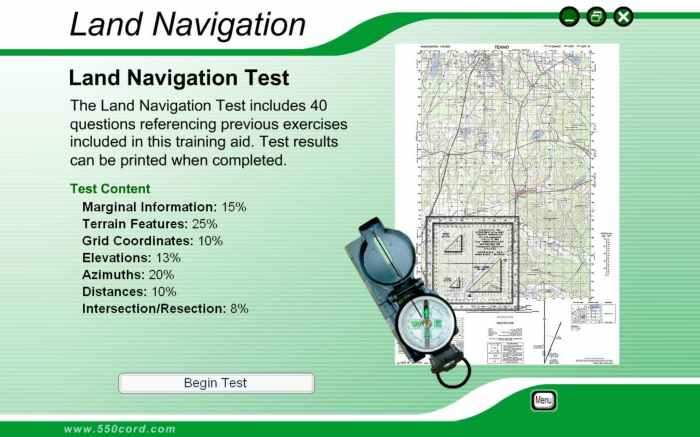Neatlines on a map army are essential cartographic elements that provide clarity and organization to military maps. These lines serve a crucial purpose in representing military boundaries, fortifications, and other features, making them indispensable tools for military operations.
Military maps rely heavily on neatlines to convey critical information about terrain, troop movements, and strategic objectives. By understanding the design principles and standards of neatlines, mapmakers can effectively communicate military information with precision and clarity.
Map Neatlines Overview: Neatlines On A Map Army

In cartography, neatlines are the boundary lines that define the extent of a map. They serve as a frame of reference for the map’s contents, ensuring that all elements are contained within a specific area.
Neatlines are crucial for ensuring the accuracy and clarity of a map. They help to:
- Establish the map’s scale and orientation.
- Provide a visual reference for measuring distances and angles.
- Separate the map from any surrounding text or graphics.
Types of Neatlines
There are different types of neatlines, each serving a specific purpose:
- Inner Neatline:The innermost neatline, which defines the actual boundary of the map’s content.
- Outer Neatline:The outermost neatline, which provides a margin around the inner neatline for annotations, legends, and other map elements.
- Frame Neatline:A decorative neatline that adds a visual element to the map and helps to differentiate it from other elements on the page.
Military Neatlines

Neatlines are an essential component of military mapping, providing a clear and accurate representation of military boundaries, fortifications, and other features. These neatlines help military personnel plan operations, understand terrain, and make informed decisions in the field.
Neatlines on a map army are like the invisible boundaries that define the extent of the map. They’re not always obvious, but they’re there, and they’re important. Just like in life, sometimes we need to know our boundaries, and sometimes we need to push them.
If you’re curious about what meme you are, take this quiz and find out! But remember, even if you’re a “basic” meme, that doesn’t mean you’re not important. Neatlines on a map army are important too, even if they’re not always the most exciting part of the map.
Role of Neatlines in Military Mapping
Neatlines play a crucial role in military mapping by:
- Demarcating Boundaries:Neatlines clearly define the boundaries of military installations, training areas, and restricted zones, ensuring that military personnel and civilians are aware of the limits of these areas.
- Representing Fortifications:Neatlines indicate the location and extent of fortifications such as bunkers, trenches, and obstacles, providing valuable information for tactical planning and defensive operations.
- Conveying Terrain Features:Neatlines can be used to highlight terrain features that are strategically important, such as hills, rivers, and forests, enabling military planners to assess the potential impact of these features on operations.
li> Providing Context:Neatlines help provide context to military maps by showing the relationship between military features and surrounding civilian infrastructure, roads, and natural landmarks.
Examples of Military Maps with Neatlines
Numerous military maps incorporate neatlines to enhance their clarity and accuracy. Examples include:
- Topographic Maps:Military topographic maps often include neatlines to delineate military boundaries, training areas, and other restricted zones.
- Operational Maps:Operational maps used for planning and executing military operations typically feature neatlines to indicate the location of friendly and enemy forces, as well as key terrain features.
- Tactical Maps:Tactical maps provide detailed information for small-unit operations and often include neatlines to mark the boundaries of specific objectives, patrol routes, and areas of responsibility.
Neatline Design and Standards

Neatlines are designed with specific principles and standards to ensure clarity, consistency, and aesthetic appeal. These standards include:
Color
Neatlines are typically drawn in a contrasting color to the map background, making them easy to distinguish. Common colors include black, blue, and red.
Line Weight
The line weight of a neatline should be consistent and thick enough to be visible without overpowering the map content.
Symbology
Neatlines can incorporate various symbols, such as hash marks, ticks, or arrows, to indicate the direction of the map’s projection or orientation.
Examples of Well-Designed Neatlines, Neatlines on a map army
Well-designed neatlines enhance the visual appeal and usability of a map. Some examples include:
- Neatlines that use a subtle gray or blue color, allowing the map content to take center stage.
- Neatlines that incorporate hash marks or ticks along the edges, providing a clear indication of the map’s orientation.
- Neatlines that are drawn with a consistent line weight, ensuring they are easily visible without distracting from the map content.
Neatline Creation and Editing

Creating and editing neatlines involve utilizing various methods and tools. Geographic Information Systems (GIS) software and other digital tools play a significant role in this process.
GIS software provides a comprehensive set of tools for creating, editing, and managing geospatial data, including neatlines. These tools enable users to define the boundaries of a map, add labels and annotations, and customize the appearance of neatlines to meet specific requirements.
Step-by-Step Guide to Creating Neatlines
- Define the Map Boundary:Determine the extent of the map and define the boundary using GIS software or other digital tools.
- Add Labels and Annotations:Label the map with appropriate titles, legends, and other annotations to provide context and clarity.
- Customize Neatline Appearance:Adjust the style, color, and thickness of the neatline to match the overall design and aesthetic of the map.
- Save and Export:Save the neatline as a separate file or incorporate it into the final map layout for printing or digital distribution.
Neatlines in Map Interpretation

Neatlines play a pivotal role in map interpretation by providing a structured framework that enhances readability and aids in understanding the spatial relationships between map features.
Identifying Map Features and Understanding Their Relationships
Neatlines delineate the boundaries of the map’s content, clearly separating it from the surrounding area. This demarcation enables map readers to easily identify and locate specific features, such as roads, rivers, or settlements. Furthermore, neatlines help establish the hierarchical relationships between features, allowing users to differentiate between primary and secondary elements.
Enhancing Map Readability
Neatlines improve map readability by providing visual cues that guide the eye and facilitate the comprehension of complex information. The use of different line weights, colors, and styles helps to emphasize important features, create visual hierarchy, and reduce clutter. By organizing map elements within a neat and orderly framework, neatlines enhance the overall user experience and make maps more accessible.
Detailed FAQs
What is the primary purpose of neatlines on a military map?
Neatlines on a military map serve to delineate military boundaries, fortifications, and other features, providing a clear and organized representation of the terrain for military operations.
How do neatlines contribute to map interpretation?
Neatlines assist in map interpretation by providing visual cues that help identify map features and understand their relationships, enhancing the overall readability and usability of the map.
What factors influence the design of neatlines on a military map?
The design of neatlines on a military map is guided by principles and standards that include color, line weight, and symbology, ensuring consistency and clarity in representing military information.
